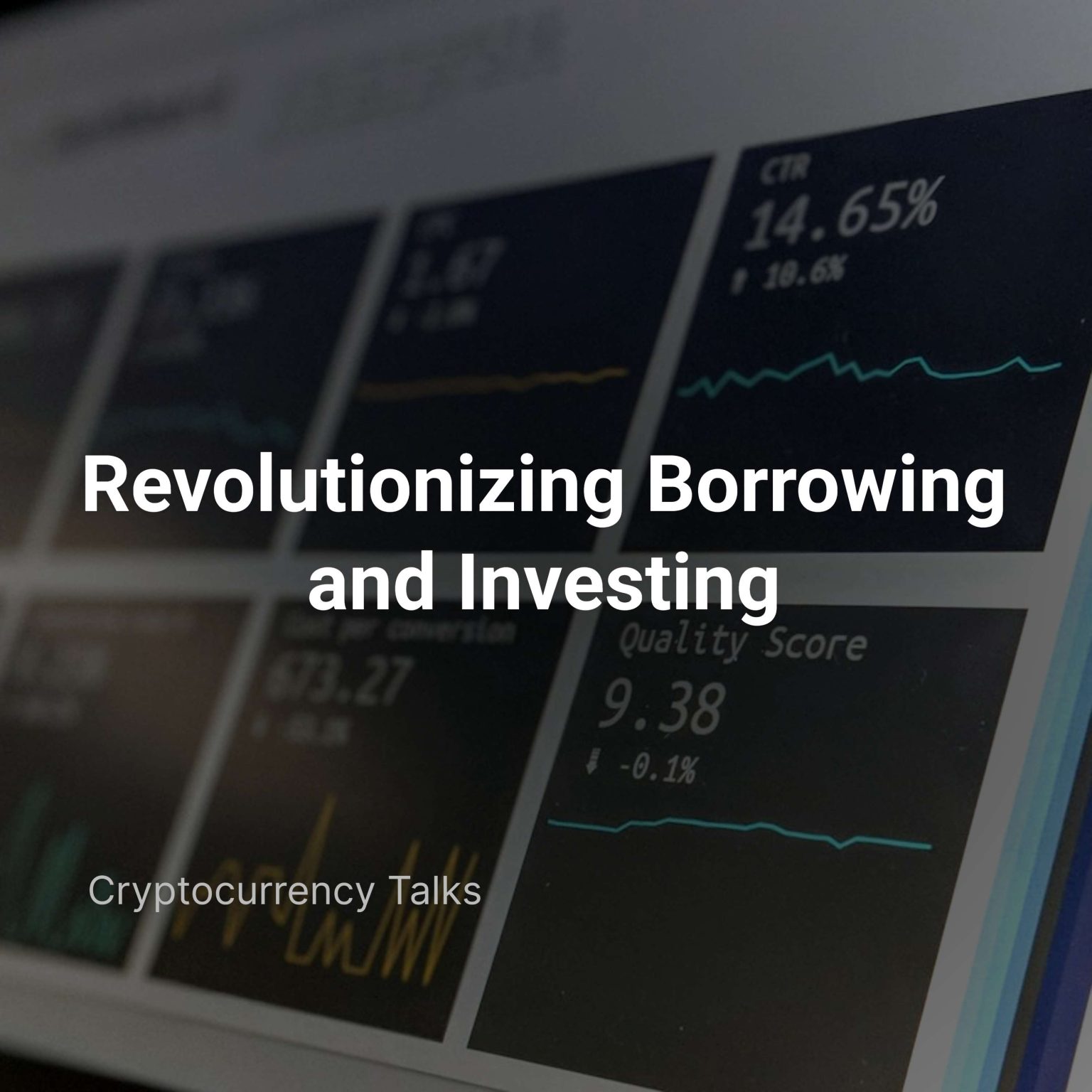Peer-to-peer lending apps have emerged as a disruptive force in the financial landscape, revolutionizing the way individuals borrow and invest. These innovative platforms connect borrowers directly with lenders, cutting out the intermediaries typically associated with traditional banking. With peer-to-peer lending apps, borrowers can access funds quickly and conveniently, often at competitive interest rates, while investors have the opportunity to earn attractive returns by funding loans. In this blog post, we’ll delve into the intricacies of peer-to-peer lending, exploring how these apps work, the investment opportunities they offer, and their potential impact on the future of finance.
Understanding Peer-to-Peer Lending
Peer-to-peer lending apps operate on a simple premise: matching borrowers seeking funds with investors willing to lend money. To participate, borrowers typically submit loan requests detailing the desired amount, purpose, and repayment terms. Meanwhile, investors evaluate these loan listings and decide which ones to fund based on factors such as credit risk, interest rates, and loan duration.
One of the key advantages of peer-to-peer lending apps is their ability to offer competitive interest rates to borrowers. By cutting out the overhead costs associated with traditional financial institutions, these platforms can pass on the savings to borrowers in the form of lower interest rates. This can make peer-to-peer lending apps an attractive option for individuals looking to consolidate debt, finance a home renovation, or cover unexpected expenses.
Exploring Investment Opportunities
For investors, peer-to-peer lending apps present an opportunity to diversify their portfolios and earn attractive returns. By funding loans across various risk profiles and industries, investors can spread their investment risk and potentially achieve higher yields compared to traditional fixed-income securities.
However, it’s essential for investors to conduct thorough due diligence before committing funds to peer-to-peer lending apps. While these platforms often provide tools and metrics to assess the creditworthiness of borrowers, there is inherent risk involved, including the possibility of defaults or late payments. Investors should carefully evaluate the risk-return profile of each loan opportunity and consider diversifying their investments across multiple loans to mitigate risk.
Borrowing Through Peer-to-Peer Lending Apps
For borrowers, peer-to-peer lending apps offer a convenient and flexible alternative to traditional borrowing methods. The application process is typically straightforward, with borrowers completing an online application and providing relevant documentation, such as proof of income and identification.
Once approved, funds are usually disbursed quickly, allowing borrowers to access the capital they need without the delays often associated with traditional lenders. Additionally, peer-to-peer lending apps may offer more lenient eligibility criteria compared to banks, making them accessible to individuals with less-than-perfect credit histories.
When considering peer-to-peer lending apps as a borrowing option, it’s essential for borrowers to carefully review the terms and conditions of the loan, including interest rates, fees, and repayment schedules. While peer-to-peer lending apps can provide competitive financing options, it’s crucial to understand the total cost of borrowing and ensure that the terms align with your financial goals.
Regulation and Compliance
As peer-to-peer lending apps continue to gain popularity, regulatory oversight has increased to protect the interests of both borrowers and investors. In many countries, peer-to-peer lending platforms are subject to regulations governing lending practices, consumer protection, and investor disclosures.
Compliance with these regulations is essential for peer-to-peer lending apps to maintain the trust and confidence of their users. This includes adhering to standards for transparent disclosure of loan terms, implementing robust risk management practices, and safeguarding investor funds through appropriate security measures.
Future Trends and Innovations
Looking ahead, the future of peer-to-peer lending apps appears promising, with continued innovation driving growth and adoption. Advances in technology, such as artificial intelligence and blockchain, are poised to further enhance the efficiency and transparency of peer-to-peer lending platforms.
Moreover, the evolution of regulatory frameworks is expected to foster greater confidence in peer-to-peer lending apps among both borrowers and investors. As these platforms become more mainstream, they have the potential to reshape the financial landscape, offering a viable alternative to traditional banking services.
If you want to learn more about finance, you can click here.
Final Words
In conclusion, peer-to-peer lending apps have emerged as a disruptive force in the financial industry, empowering individuals to borrow and invest in ways that were previously inaccessible. By leveraging technology and disintermediation, these platforms are revolutionizing the borrowing and investing experience, providing greater choice, flexibility, and efficiency. As peer-to-peer lending apps continue to evolve and mature, they are likely to play an increasingly significant role in shaping the future of finance.
